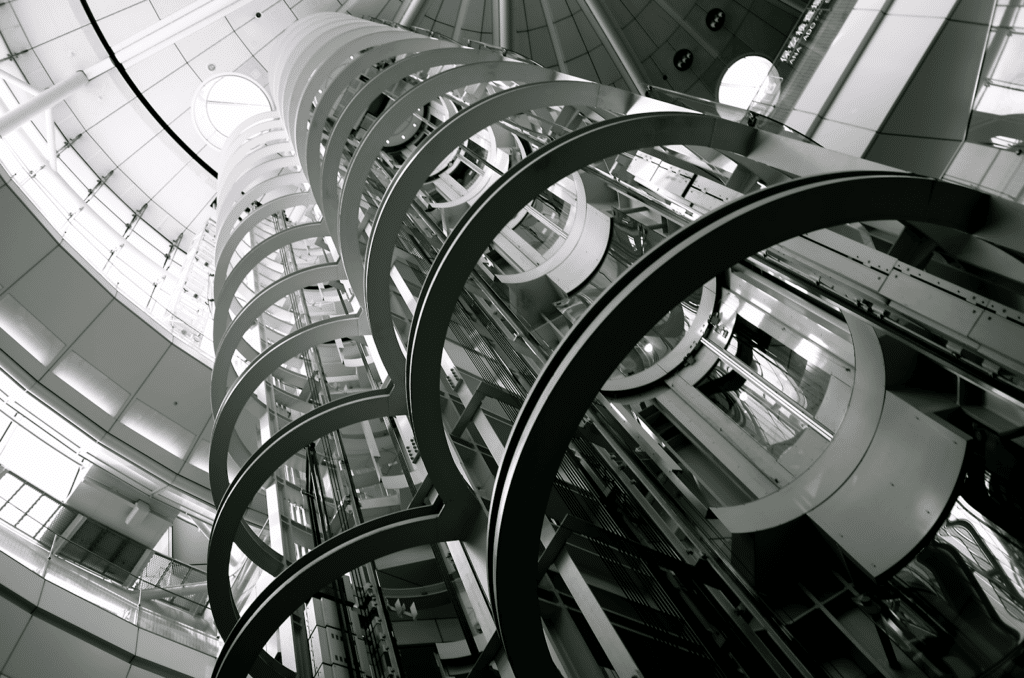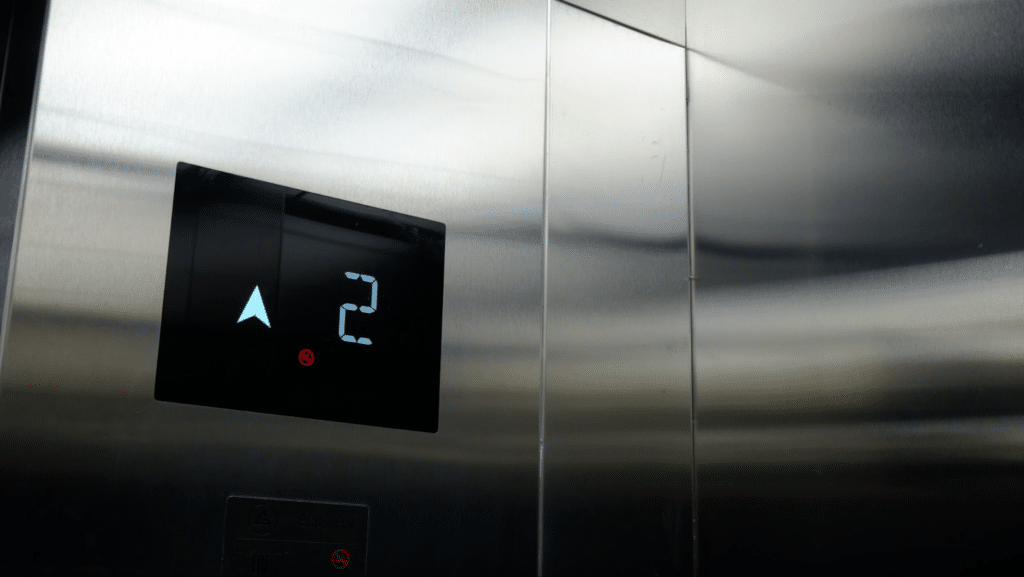
A lift owner must be aware of and adhere to a number of requirements when it comes to lifts. You are a “duty holder” under LOLER (The Lifting Operations and Lifting Equipment Regulations 1998) if you are a lift owner or someone else accountable for the safe operation of a passenger lift used at work, such as a facilities manager or supervisor. This means that if you are the duty holder, it is your legal obligation to make sure that the lift has been completely inspected and is secure for use by everyone.
According to HSE figures, 266 people have been injured in lift related accidents since 2002, but accidents like this can be completely avoidable if your lift undergoes a regular thorough examination and lift servicing.
In this guide, we’ll walk you through how often passenger lifts should be inspected and what happens during these examinations.
Looking for specialised passenger lift services? We can install, replace, repair and maintain yours. Just make sure to talk to our representatives and arrange the site visits.
What are thorough examinations for lifts?
A thorough lift inspection entails a ‘competent person’ inspecting the lift and looking for any potential flaws that could create a dangerous situation. The lift’s load-bearing and safety components are therefore the main focus, however general lift maintenance and condition may also be discussed.
A thorough inspection should not be confused with routine lift servicing, much like caring for a car. It does not depend on elevator maintenance. In general, PUWER standards 5 and 10 necessitate preventive maintenance; one does not substitute for the other.
LOLER regulation 9 mandates a complete lift assessment. When necessary, additional tests can be performed after the evaluation to ensure that maintenance is being done correctly.
Lift Inspections and thorough examinations should include the checks below:
- Lift doors and their interlocks
- Worm and other gearing
- Main drive system components
- Governors
- Safety gear
- Suspension ropes
- Overload protection devices
- Electrical devices (including earthing, earth bonding, safety devices, selection of fuses, etc)
- Braking systems (including buffers and overspeed devices)
- Hydraulics.

What happens during a lift inspection?
The competent person would typically decide which tests are necessary, taking into account the pertinent guidelines and standards and analysing the risks while taking into account variables like the location and frequency of usage of the lift, its age and condition, the weight of the loads to be lifted, etc.
A thorough assessment may involve some testing if the competent individual feels it is essential. Depending on the kind, age, distance travelled, and state of the lift, they can take anywhere from one to three hours.
The examiner then informs the lift owner and, if necessary (such as a hazardous condition that would compromise the lift’s safety), a Health and Safety Executive about the examination to perform the proper corrective action. If additional tests are found to be required, they may also specify those. Please keep in mind that inspections will add to the overall passenger lift cost once you add them up.
How often should a passenger lift be inspected?
The loler inspection frequency is as follows:
The LOLER legislation mandates that all passenger lifts be thoroughly inspected at least once every six months if they are used to transport people at all, once every twelve months if they solely move loads, after important and substantial adjustments or repairs have been done, or whenever the lift has been damaged.
Regular lift inspections may also supplement these full lift inspections. These extra inspections should be performed at appropriate times, and capable, qualified staff may perform them “in-house.” Inspections often include aesthetic and functional inspections, such as making sure the lift doors cannot be opened from the landing side and that the alarm interlocks function properly.
What is passenger lift servicing?
During a lift service, an engineer will perform a number of tests, exams, and inspections on the lift’s safety features to ensure that all parts and accessories are in good working order.
They frequently clean, lubricate, and adjust parts during the process to boost performance, and thereafter, they usually give information on any possible repairs or enhancements that may need to be made. After that, a written report is supplied to you to include in your lift maintenance log.
The report must meet the following criteria in order to comply with the law:
- Identify the premises, the employer, and the equipment checked.
- Mention the date and time of the most recent inspection and the deadline for the following one.
- Describe the lift’s operating load.
- Give justifications for the in-depth investigation.
- Recognise any flaws or dangers.
- Specify any repairs, upgrades, or modifications that are necessary.
- Provide information on any tests that were conducted.
This information must be included in the written report else they are not fulfilling their legal responsibility, and you will have reasons to reject their findings as a result. A perpetual maintenance programme or contract may require you to preserve records of thorough examinations for a period of at least two years or until the next examination, whichever comes first.

Get an expert LOLER inspection from Future Lift Services
We hope you have found this guide to lift inspections and lift servicing helpful and you are now aware and able to comply with all rules and regulations.
Future Lift Services has fully qualified engineers who can serve as your designated ‘competent person’ to thoroughly inspect all of your lifting equipment (regardless of the brand or model) and provide recommendations for repair. Subsequently, a different maintenance engineer would do the work.
If your company makes use of passenger lifts, platform lifts, or other access equipment that elevates people, we can help with leading LOLER testing and certification.
We can also help with installation and maintenance service for lifts in workplaces, public structures, and other types of commercial buildings.
Book your free, no-obligation quote today with Future Lifts today, a leading lift company based in London and Essex!
How often should a passenger lift be inspected FAQs
How often does a lift have to be inspected?
Thorough inspections of lifting equipment and any related accessories used to lift people should be done every six months, unless there is a “examination scheme” establishing different intervals.
How often should a passenger lift be serviced UK?
Current UK law mandates a lift service or maintenance visit at least once every six months if the installation is transporting passengers and once every twelve months if the lift is solely used for goods. However, these are simply minimal requirements and should be regarded as such.
Are LOLER inspections a legal requirement?
To manage the safe condition of mobile elevating work platforms, LOLER inspections are required by law.
